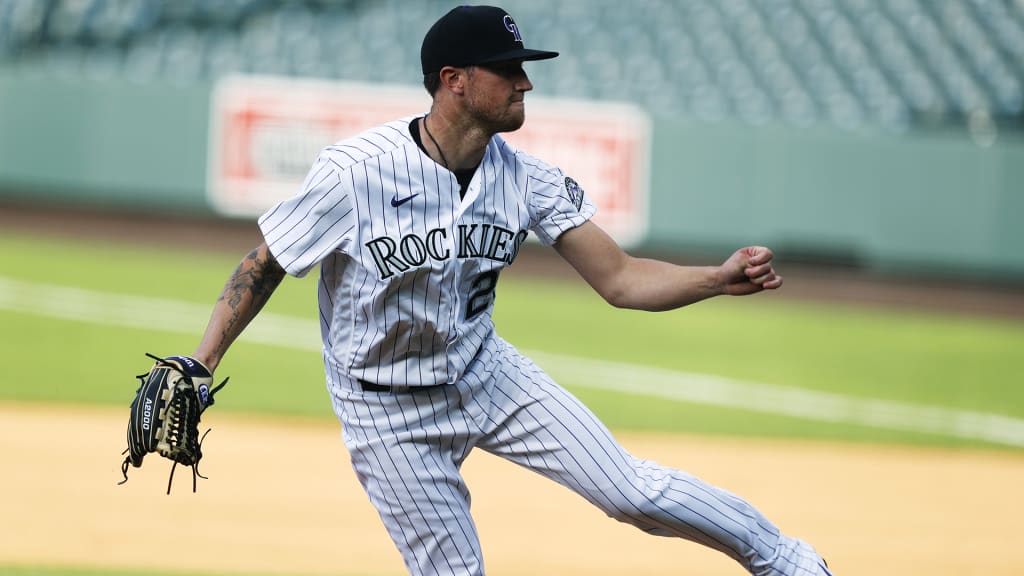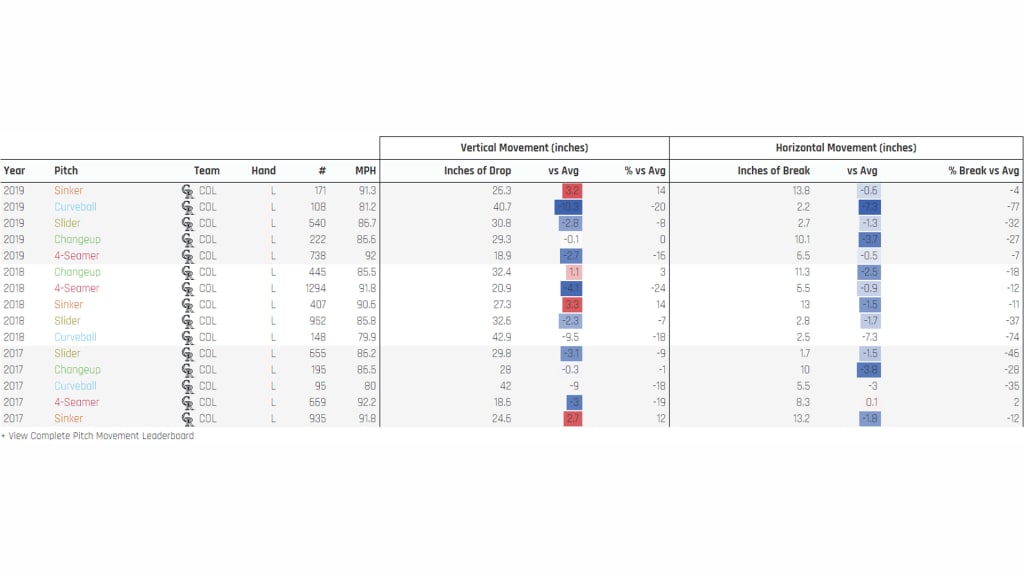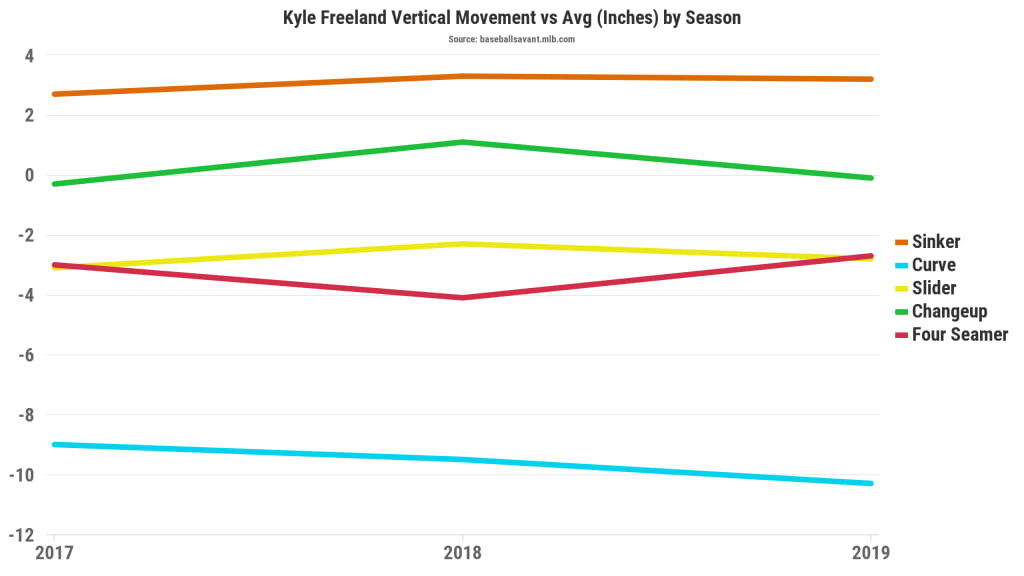
It’s not just that Rockies left-hander Kyle Freeland pitches with a barely controlled rage that no doubt will be on display Sunday afternoon against the Rangers at Globe Life Field.
And let’s establish this: he can pitch well with it. A prime example is the 2018 National League Wild Card Game, when he threw 6 2/3 scoreless innings in the Rockies' 13-inning win over the Cubs, and even though his velocity ticked up, his command didn’t.
So, Freeland experienced a tough 2019. But don’t blame his spirit. He was ejected from one of his better games.
“Playing with that fire is something that I hope that I never lose, just because that’s who I am, that’s how I was built and that’s who I want to continue to be -- that in-your-face, kind of head-on-fire,” Freeland said. “I don’t see that ever changing. You have to harness the adrenaline, harness the effort you want to put out."
But what if Freeland's command and movement control are all there, too? That has been his project since his last regular-season appearance -- three encouraging innings last Sept. 26 against the Giants. In 2019, the southpaw went 3-11 with a 6.73 ERA, dealt with a troublesome groin injury and was optioned to Triple-A Albuquerque at one point.
Let’s take a look at the numbers. Last year, Freeland lost movement -- especially inches of drop -- from his impressive showing in 2018, when he went 17-7 with a 2.85 ERA.

How did Freeland go about making corrections?
One that manager Bud Black likes is the elimination of what he called the “flamingo pause” -- a full stop at the top of Freeland’s leg kick, something that worked well in the past but robbed him of command last season. Freeland reserves the right to pause if there is a long at-bat and he wants to ruin a batter’s timing, but he bought in.
“Last year, he got on sort of a spiral in a number of areas,” Black said. “His arm felt great the whole year. Just from a scouting perspective, his fastball, what happened was it’s a fine line. His delivery never really got comfortable. We talked about that pause, and I think that worked against him.
“And there was a heavy reliance on a couple pitches in ’18 that the league made adjustments to, and he wasn’t as sharp with his command in ’19.”

Freeland has benefited from the Rockies adopting a “pitching lab” at their team complex in Scottsdale, Ariz., which allowed him to see all aspects of his pitches on super-slow videos. This led to some other subtle grip changes that, according to pitching coach Steve Foster, were yielding results during Spring Training and Summer Camp at Coors Field.
“Everything is much better,” Foster said. “The biggest changes are the curveball is 78-82 [mph] for variance, and the cutter/slider is more vertical. His fastball has been 89-95, which is usual. The changeup is still mid-80s with more depth.
“The lab with the slo-mo cam has helped him a lot with his grips and depth of pitches.”
And just maybe time has helped.
While adrenaline may not have caused Freeland's tough 2019, it has to be watched in his '20 season debut. The rest of the rotation’s final tune-up outing was either an exhibition or an intrasquad game. However, Freeland last pitched in a simulated session on Tuesday at Coors Field.
“The best teacher is experience and getting repetitions in competition; we haven’t really been able to do that,” Black said. “His bullpens, his batting practices, his intrasquad games gave him the opportunity to do some things. I do think that gives him confidence going into the season.”

